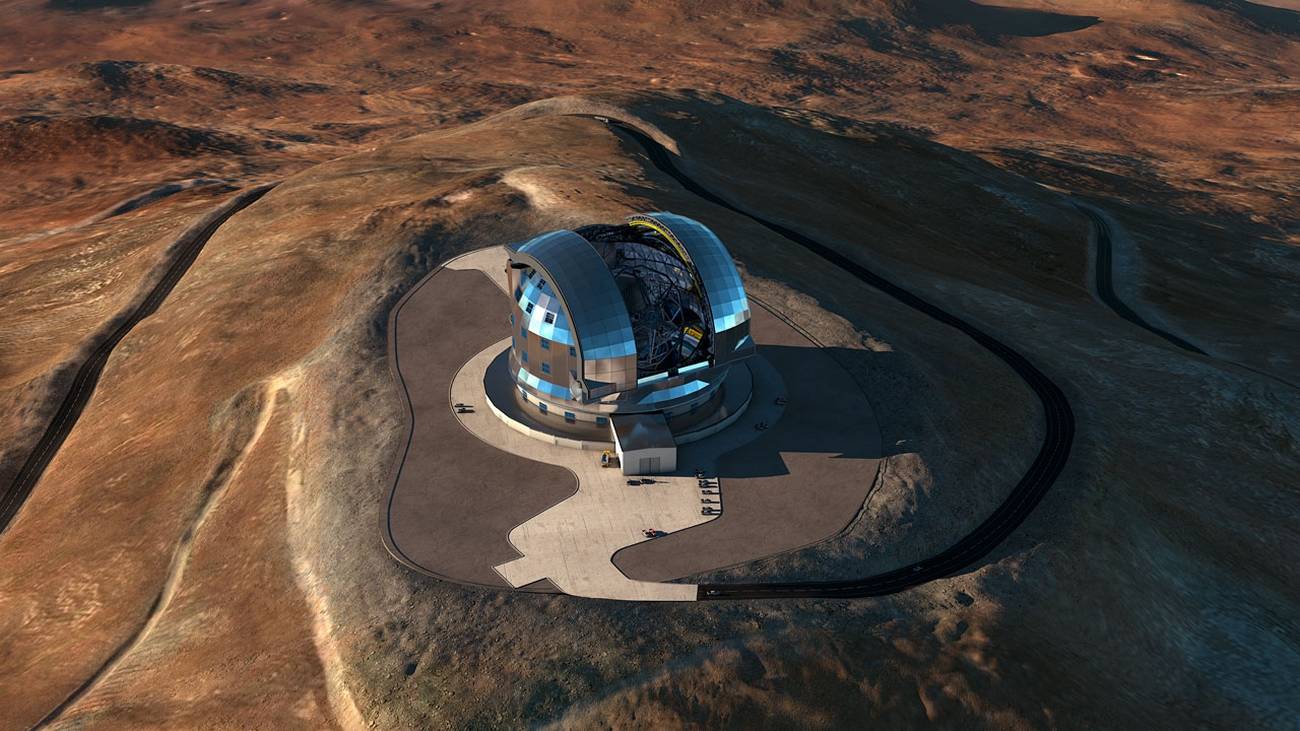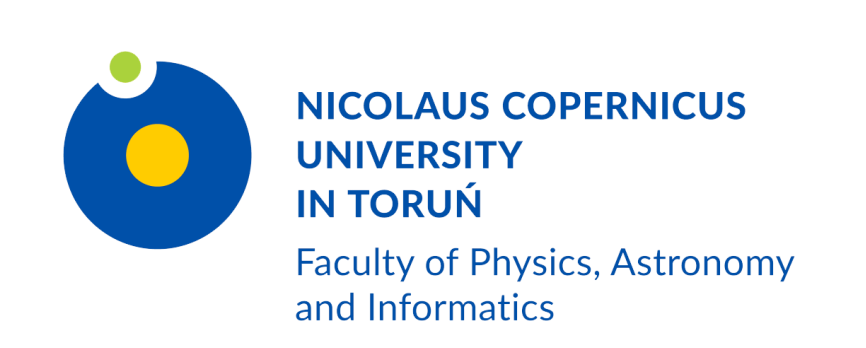 fot. Andrzej Romański
fot. Andrzej Romański
Toruń’s astronomers and physicists will take part in designing instruments for the largest telescope in the world E-ELT (European Extremely Large Telescope). The telescope will be constructed on mount Cerro Armazones in Chile.
That extraordinary instrument is a 39-meter European Extremely Large Telescope E-ELT. It will allow, for instance, for examining exoplanets in search of traces of life and for precise measuring of fundamental physical constants, as well as setting the limits on their possible changeability.
The work of Polish researchers and engineers on that instrument will be coordinated by employees of the Faculty of Physics, Astronomy and Informatics , Nicolaus Copernicus University, headed by professor Andrzej Niedzielski, PhD. Researchers from NCU will help to prepare the concept of calibration of the spectrometer by means of optical frequency comb (Piotr Masłowski, PhD and Grzegorz Kowzan, MA, Eng) and verify new ways of modeling planet atmosphere absorption (professor Roman Ciuryło, PhD and Piotr Wcisło, PhD).
Scientists and engineers from all over the world have started working on specifications of two new spectrographs, which will become components of the set of tools of the Extremely Large Telescope constructed by the European Southern Observatory (ESO). The Multi-Object Spectrograph and the High Resolution Spectrograph will be instruments of the largest telescope in the world.
The contract for starting the project works for MOS was signed on 18 March 2016 by ESO and CNRS-INSU, which are the leading institutions of the MOSAIC consortium [1]. On 22 March 2016 in Florence a deal was signed between the European Southern Observatory and a consortium of 12 countries represented by the Italian National Institute of Astrophysics INAF [2] for preparing detailed documentation of high resolution spectrograph for E-ELT telescope.
MOS spectrograph will combine high spectral and spatial resolution and will conduct observations of large areas in terms of optical and infrared spectrum. It will enable astronomers to tackle some of the deepest mysteries of the Universe: when were the first galaxies formed and how they have grown to the sizes of the Milky Way; how are ordinary and dark matter distributed around the Universe; and how planets evolve around other stars.
HIRES is a high-resolution spectrograph, working simultaneously within the range of visible waves and the infrared, which will be used for detailed precise analyses of single astronomical objects. For example, it will be capable to study atmospheres of planets neighbouring other stars in search of indications of life; it will allow astronomers to reveal the traces of the first generation of stars in the early Universe and establish whether some of the fundamental constants of physics (such as, for instance, the electron/proton mass ratio), which regulate most of the physical processes throughout the Universe, actually change during subsequent cosmic eras.
Both consortiums are among the largest ones ever involved in construction of astronomical instruments, which illustrates the international commitment to the creation of those spectrographs. Instruments of this type occur in sets of each contemporary telescope’s basic tools- those state-of-the-art instruments will allow to the most information possible from the immense amount of light collected by the E-ELT’s main mirror, ensuring previously unmatched efficiency.
[1] MOSAIC consortium gathers institutions from 11 countries: Observatoire de Paris; Laboratoire d’Astrophysique de Marseille; IRAP, Toulouse (France); UK Astronomy Technology Centre; Rutherford Appleton Laboratory; RALSPACE, Oxford; Oxford University; Durham University (UK); IAG, São Paulo; National Astrophysical Laboratory, Itajuba (Brazil); Amsterdam University; NOVA, Leiden Observatory, Universiteit Leiden (Netherlands); Leibniz Institute for Astrophysics, Potsdam (Germany); Helsinki University (Finland); Stockholm University (Sweden); Complutense University of Madrid (Spain); Roma Observatory (Italy); Vienna University (Austria); Lisboa University (Portugal);
[2] HIRES consortium includes institutions from 12 countries: Board of Observational Astronomy, Federal University of Rio Grande do Norte; Mauá Institute of Technology (Brazil); Pontificia Universidad Catolica de Chile, Centre of Astro Engineering; Universidad de Chile, Department of Astronomy; Universidad de Concepcion, Center of Astronomical Instrumentation; Universidad de Antofagasta (Chile); Niels Bohr Institute at the University of Copenhagen; Institute of Physics and Astronomy at the University of Aarhus (Denmark); Laboratoire d’Astrophysique de Marseille; Institut de Planétologie et d’Astrophysique de Grenoble; Laboratoire Lagrange de l’Observatoire de la Côte d’Azur (France); Leibniz Institute for Astrophysics, Potsdam; Institut für Astrophysik, Universität Göttingen; Zentrum für Astronomie Heidelberg, Landessternwarte; Thüringer Landesternwarte Tautenburg; Hamburger Sternwarte, Universität Hamburg (Germany); Istituto Nazionale di AstroFisica (Italy – lead institution); Nicolaus Copernicus University in Toruń, Faculty of Physics, Astronomy and Informatics (Poland); Instituto de Astrofísica e Ciências do Espaço ) at Centro de Investigação em Astronomia/Astrofísica da Universidade do Porto and at Faculdade de Ciências da Universidade de Lisboa ; Instituto de Astrofísica de Canarias; Instituto de Astrofísica de Andalucía-CSIC; Centro de Astrobiología (Spain); Department of Physics and Astronomy, Uppsala University (Sweden); Université de Genève, Département d’Astronomie (Observatoire de Genève); Universität Bern, Physikalische Institut (Switzerland); Cavendish Laboratory University of Cambridge; Institute of Astronomy University of Cambridge; UK Astronomy Technology Centre; Centre for Advanced Instrumentation – Durham University; Institute of Photonics and Quantum Sciences (School of Engineering and Physical Sciences, Heriot-Watt University) (United Kingdom)

 Grudziądzka 5, 87-100 Toruń
Grudziądzka 5, 87-100 Toruń